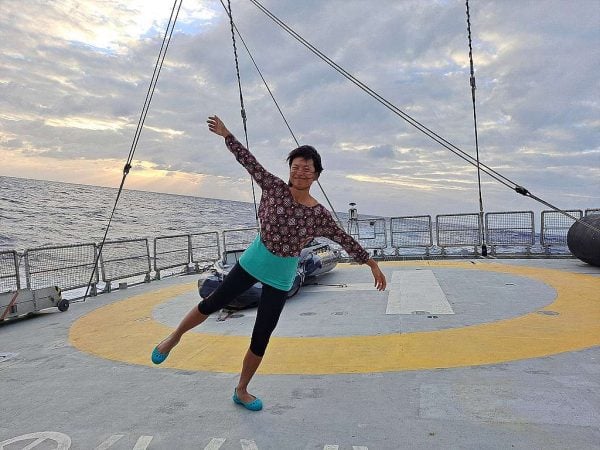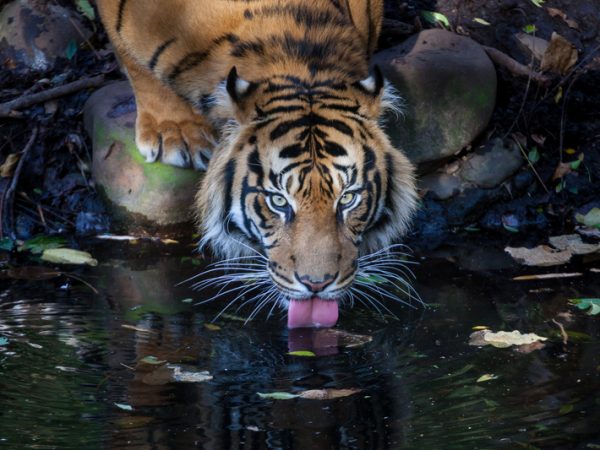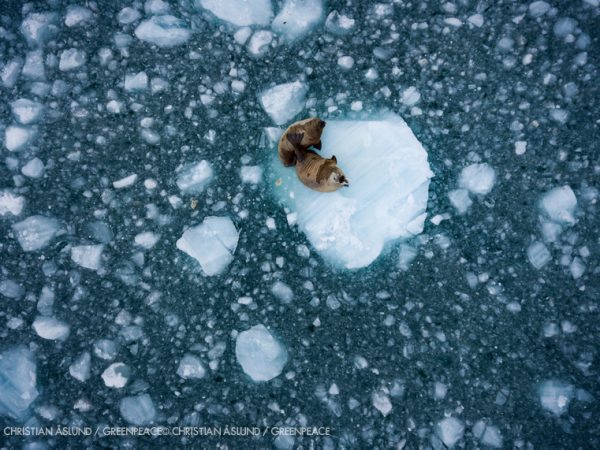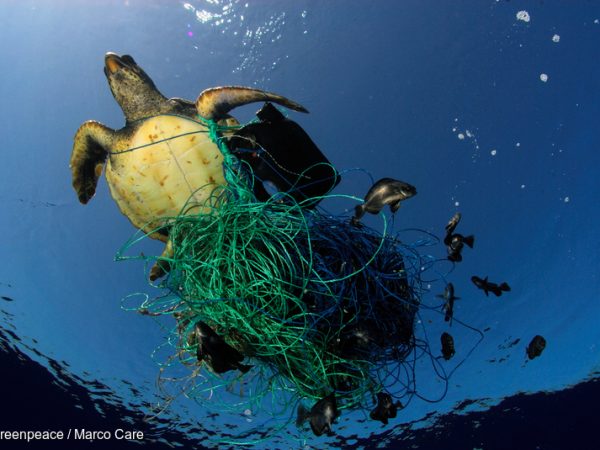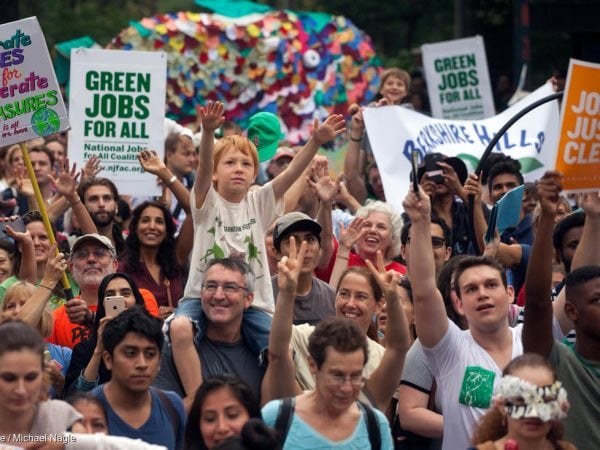
Marine Reserves Now
We’ve caused enough damage to our oceans. It’s time to let them recover.
Marine protected areas — especially fully protected reserves — are vital to restoring the health of our oceans. They help preserve biodiversity and put endangered species on the road to recovery. Despite this, less than 2 percent of our oceans are strongly protected.
The best way to truly defend our oceans is to protect significant portions of them from exploitation. Networks of protected areas can provide safe refuges for migrating marine species and protected zones for vulnerable habitats that support many species and a complex food web.
We’re working towards protecting at least 30 percent of our oceans globally by 2030, including doubling the extent of U.S. marine reserves.
These reserves will preserve biodiversity, help endangered species rebound, and give marine life a fighting chance to survive the rapid changes we are causing to the planet.
Marine reserves can also help replenish fish populations decimated by overfishing, meaning a more sustainable food supply for all of us in the long run. Reserves, as the name suggests, serve as insurance policies against the destructive impacts of fishing and other human activities in the ocean.
Making Marine Reserves a Reality
The Obama administration brought important progress. In September 2014, the President Obama set aside almost 500,000 square miles in the Pacific Ocean to create what was at the time the world’s largest fully protected reserve. Then in August 2016, he expanded it to be about half the size of Texas.
In 2015, fishery managers for the mid-Atlantic coast took monumental action to protect deep-sea corals and sponges — and the deep-sea canyons where they thrive — from bottom-contact fishing gear in more than 38,000 square miles.
And after years of talks and tireless campaigning by many people around the world, we’ve finally seen a major global milestone. In January 2015, the U.N. reached a breakthrough agreement to begin negotiations on an international treaty to protect marine biodiversity on the high seas — the 64 percent of the ocean where illegal, unreported, and unregulated fishing is rampant. Now we must work to maintain the momentum and ensure the strongest possible protections for the high seas.
There is much more to be done to make marine reserves in at least 30 percent of the oceans a reality. More than ever, though, we are making progress on the water and have more marine reserves in our sights.
